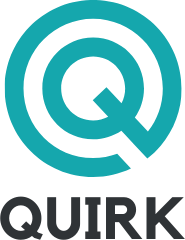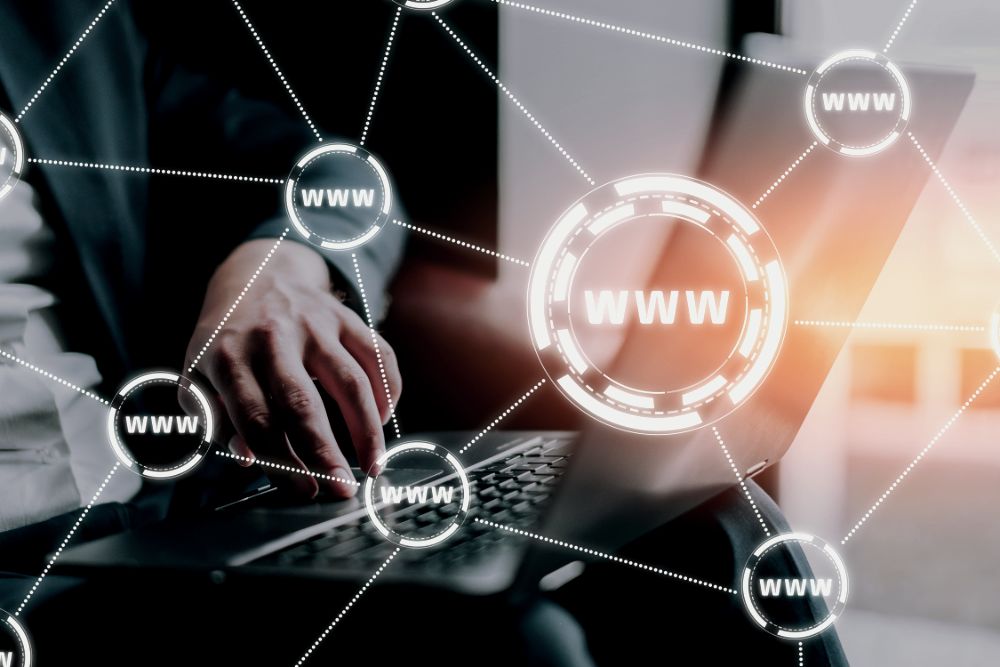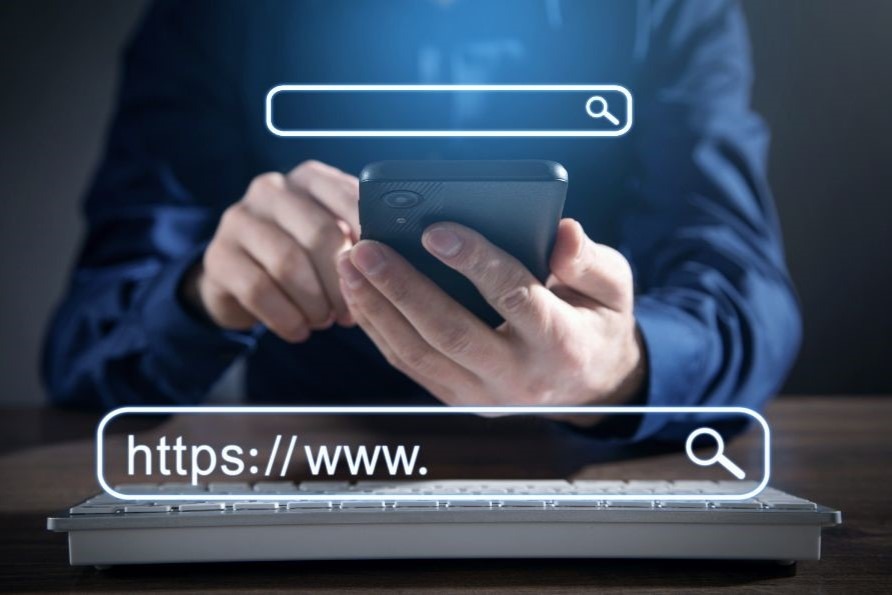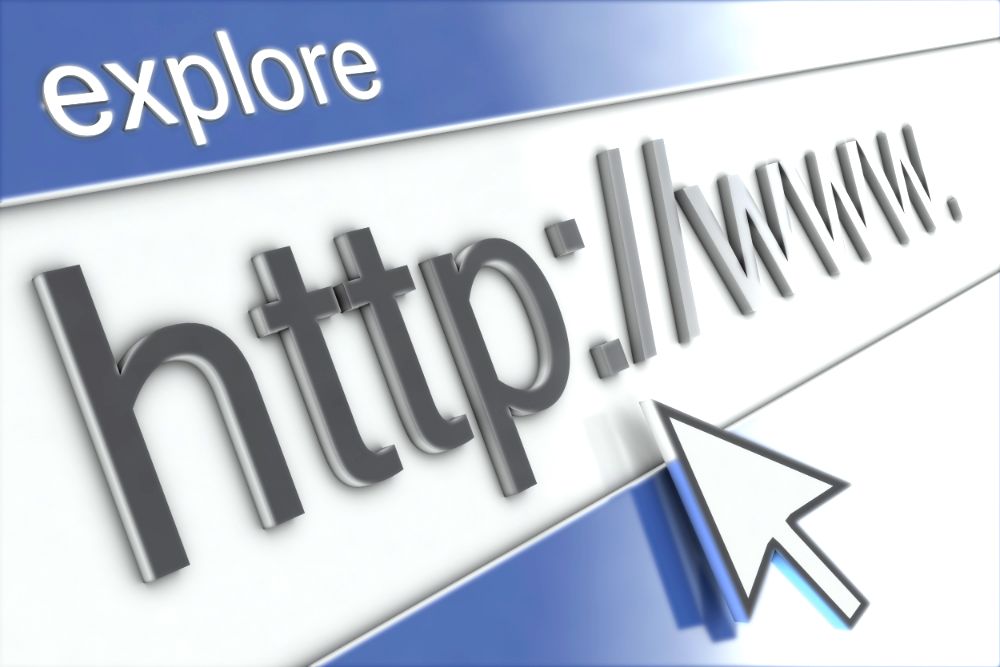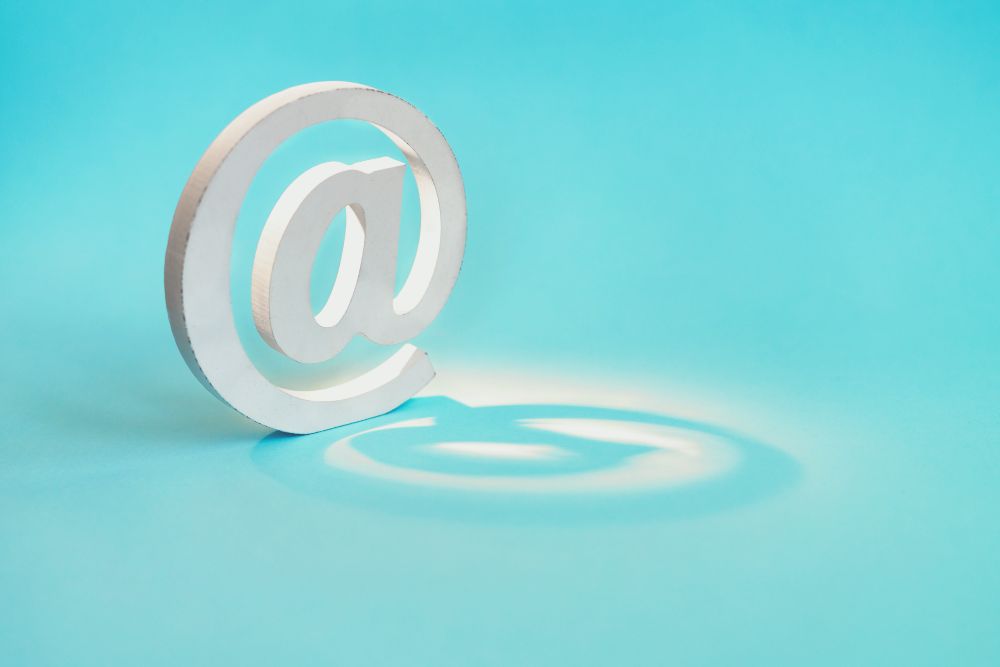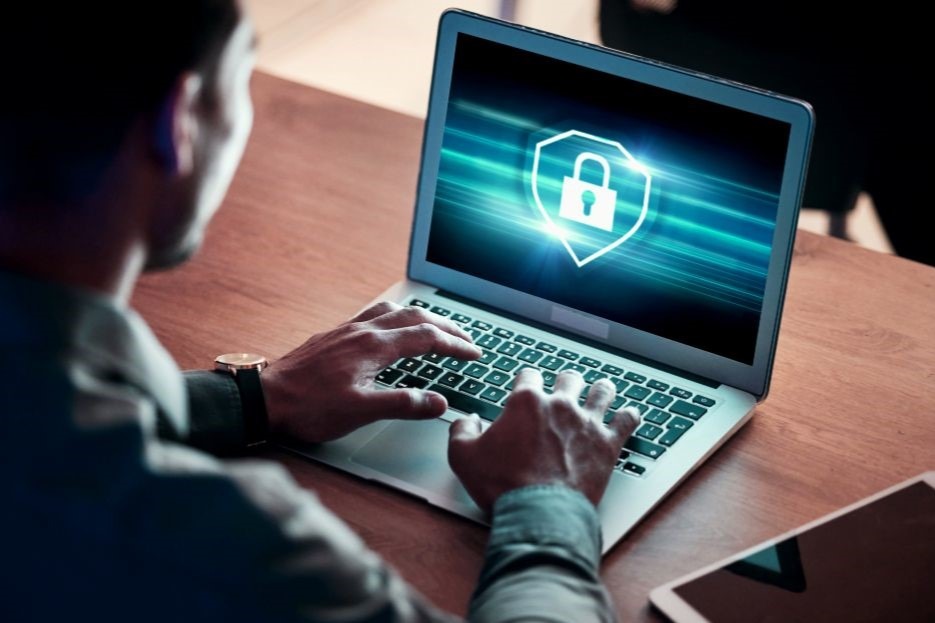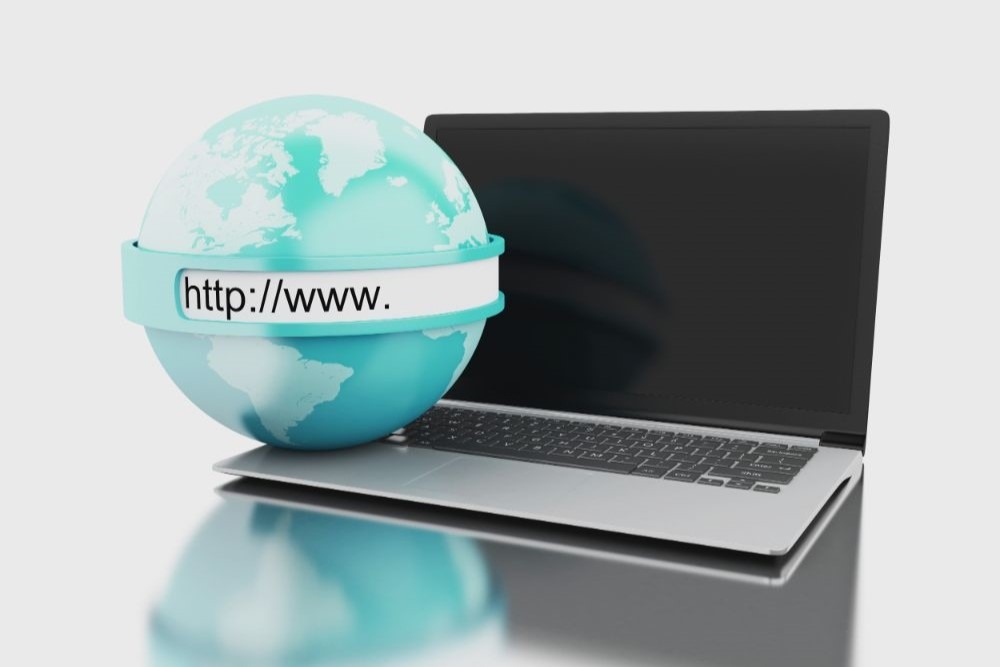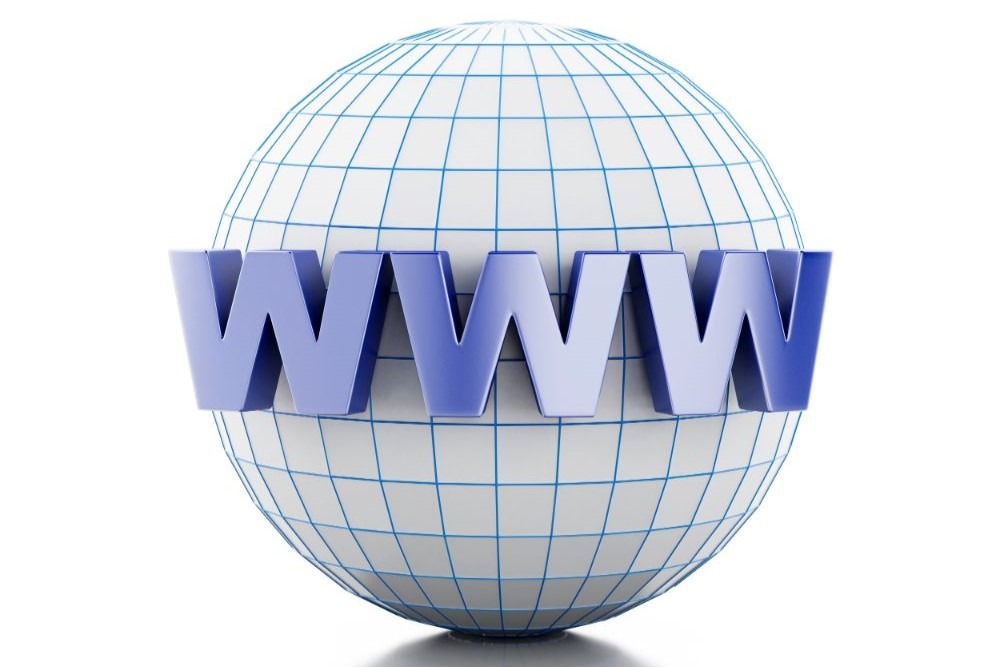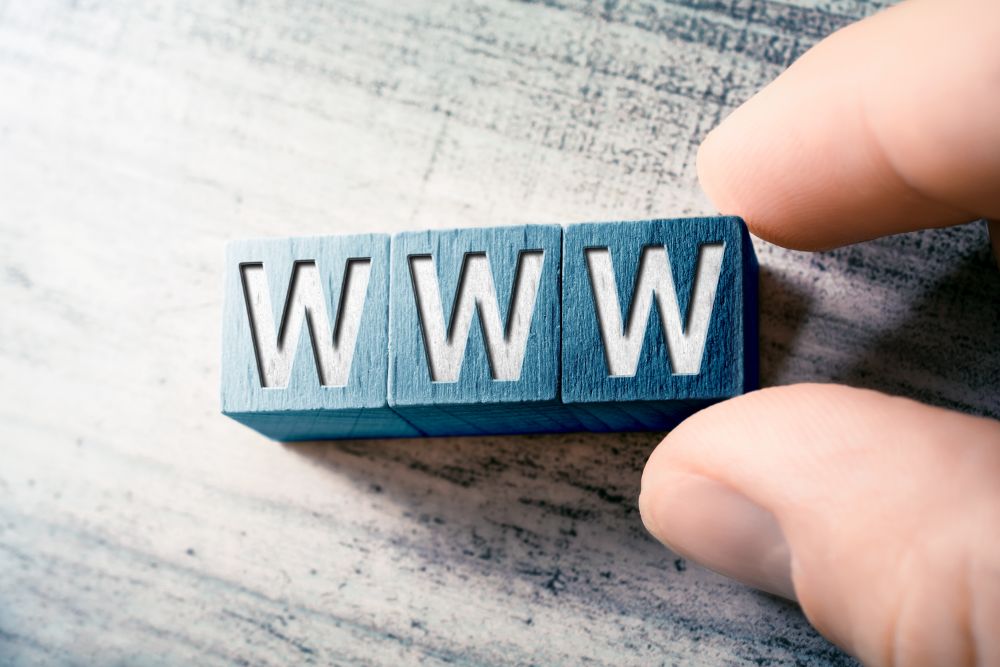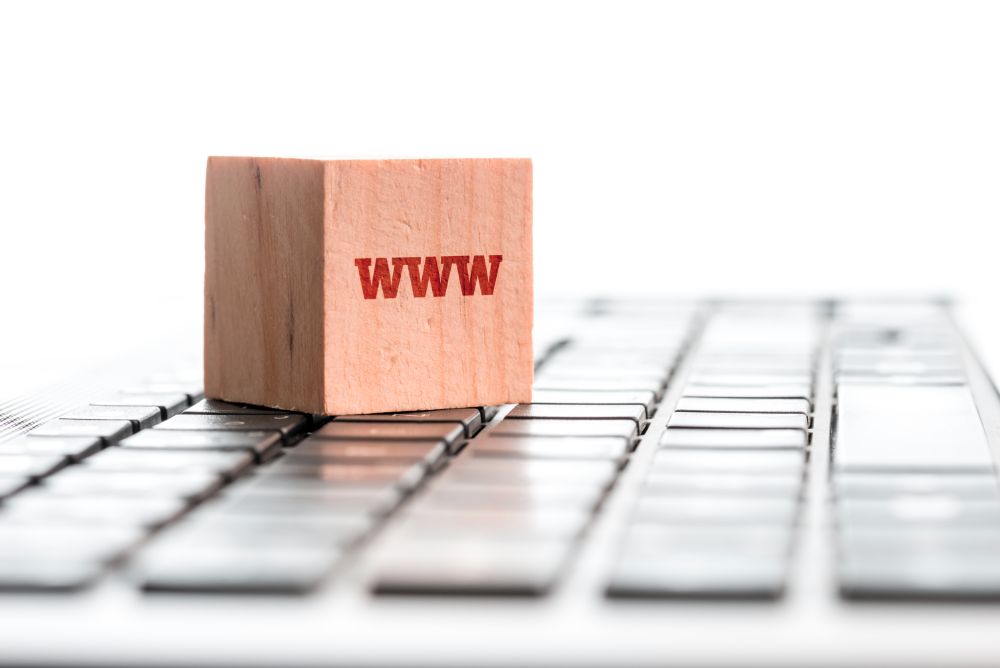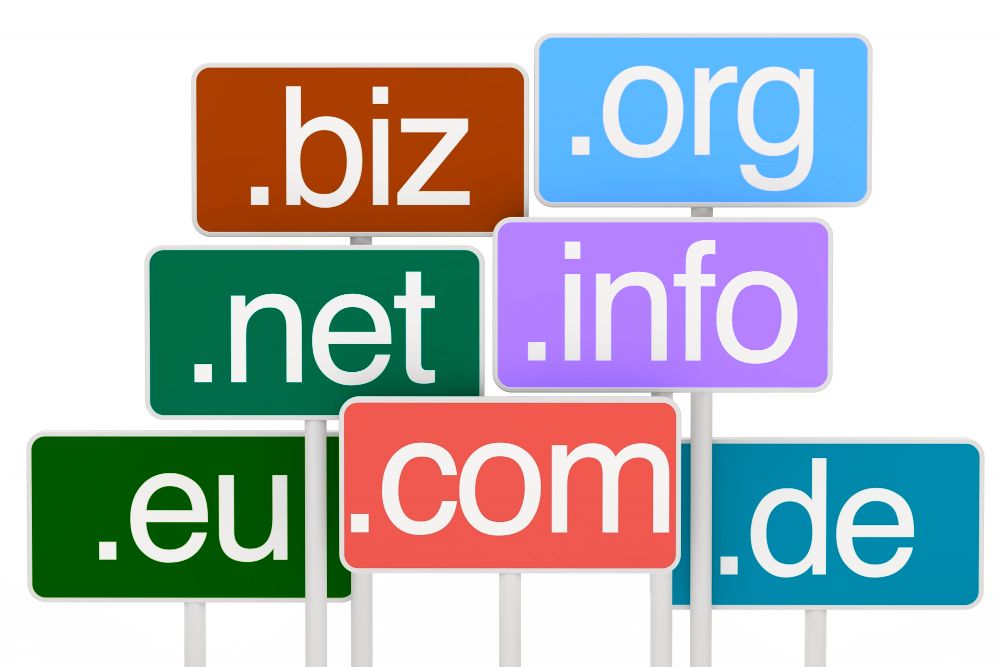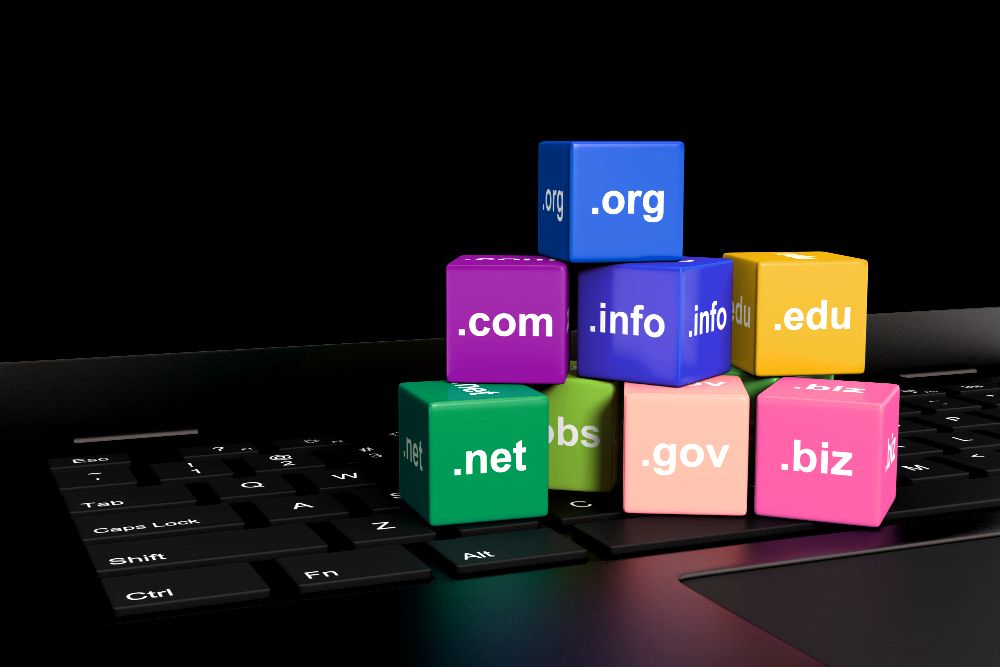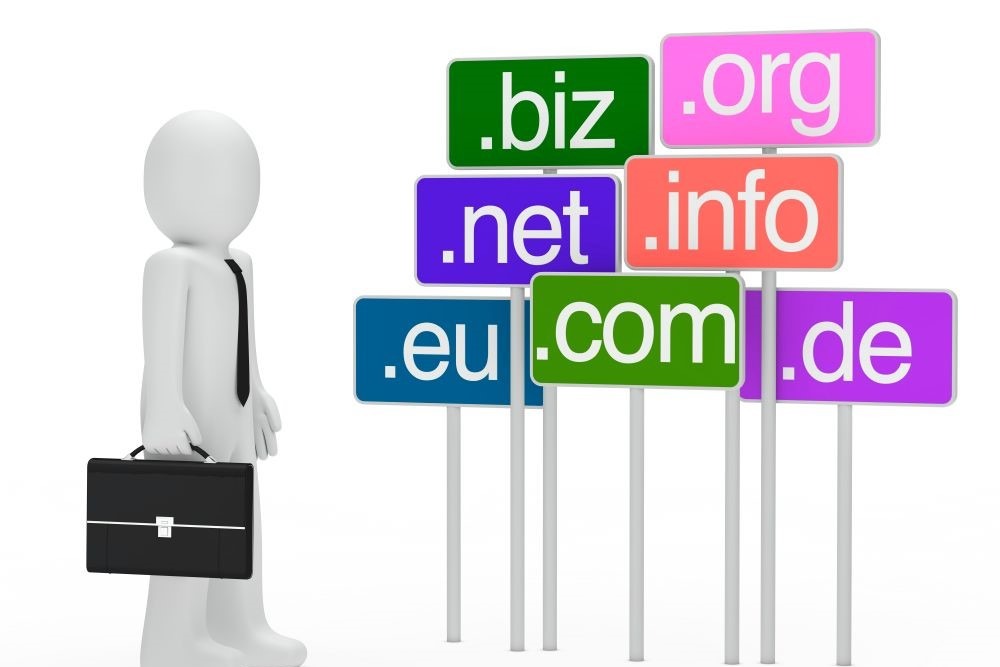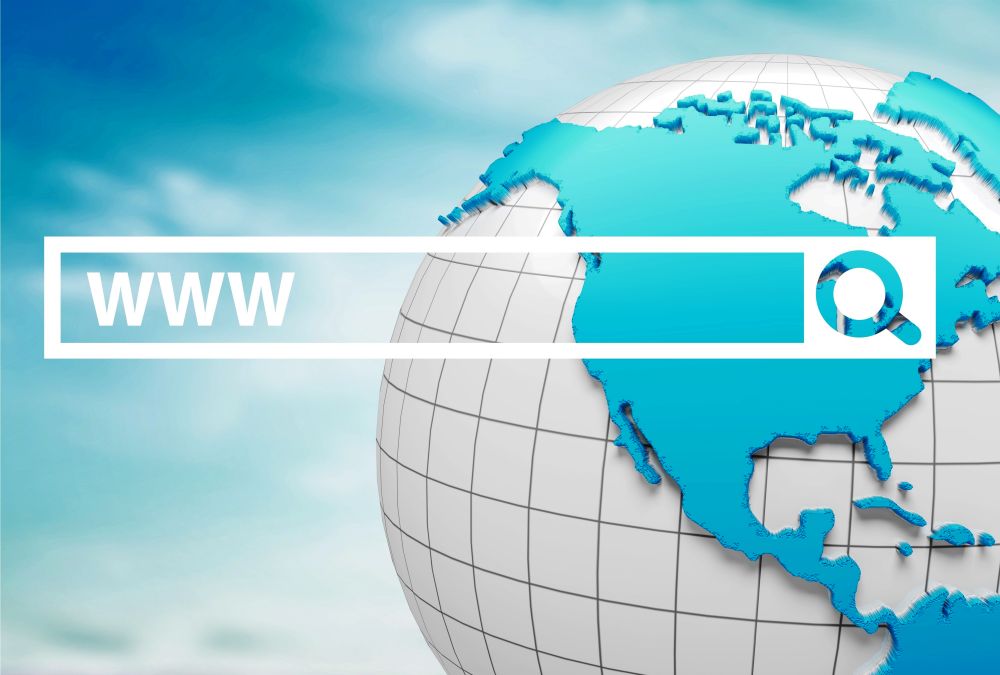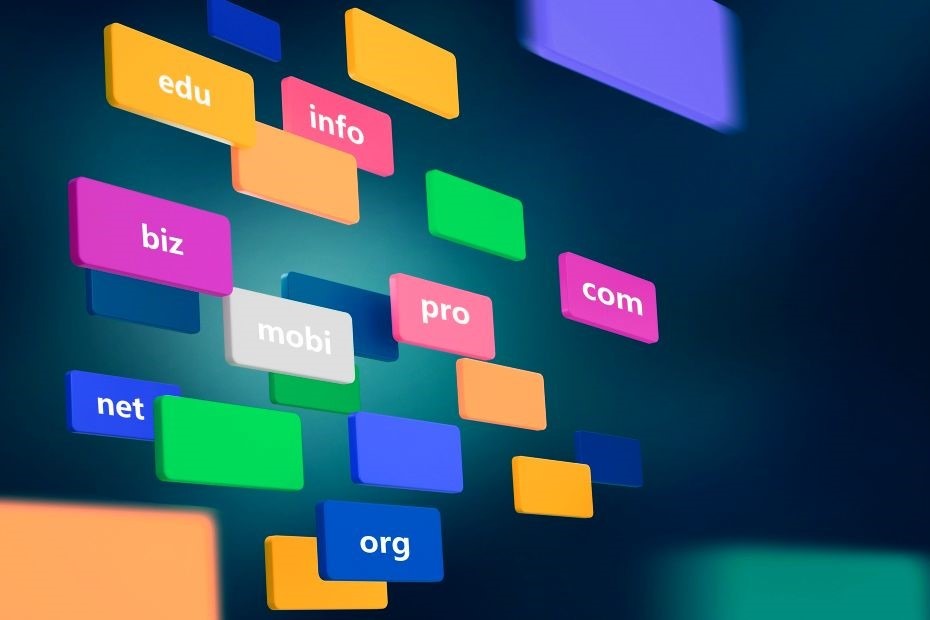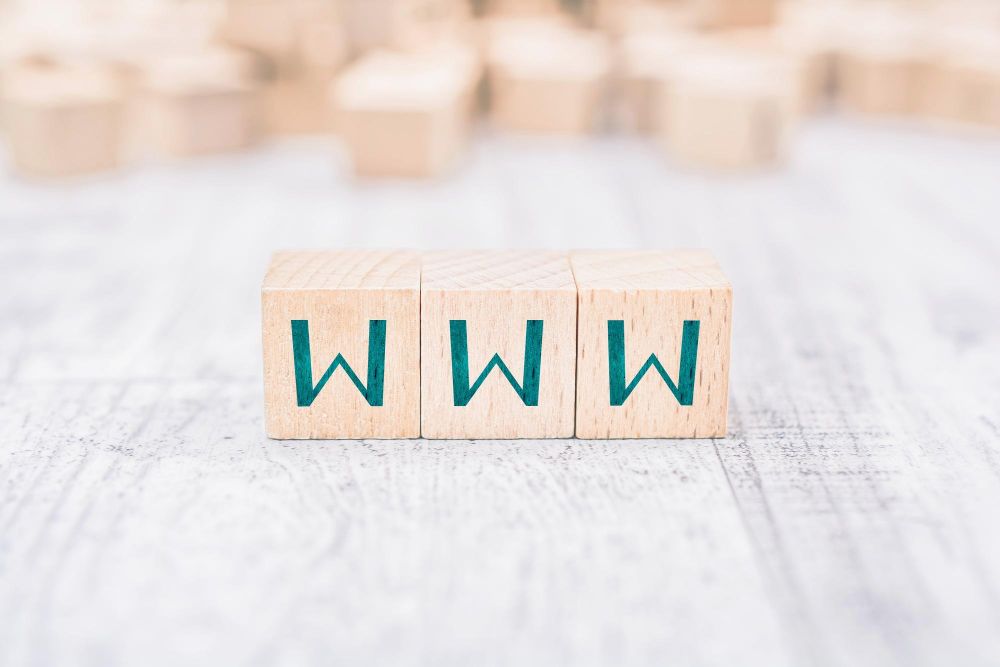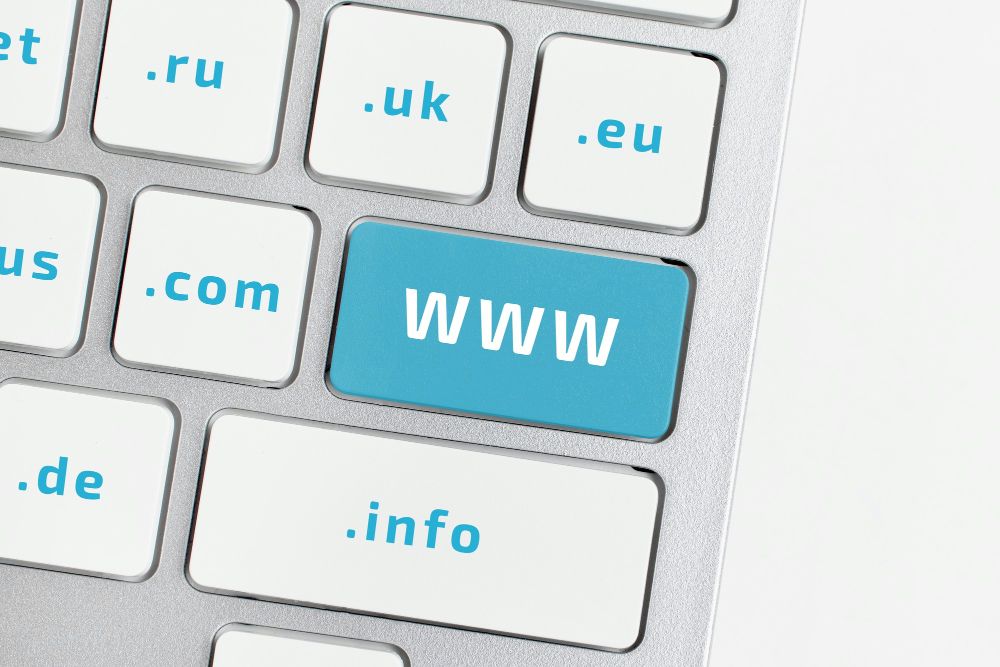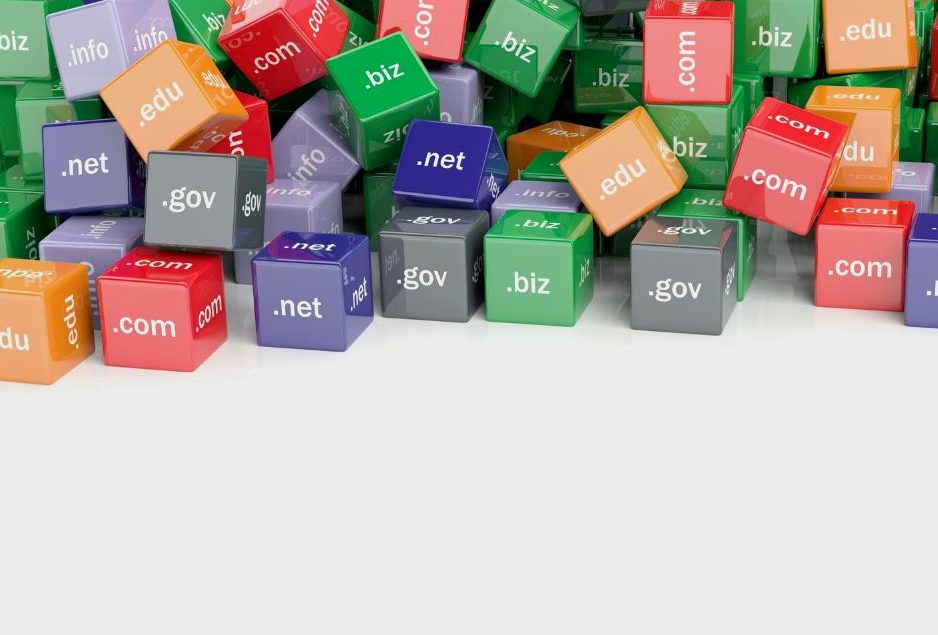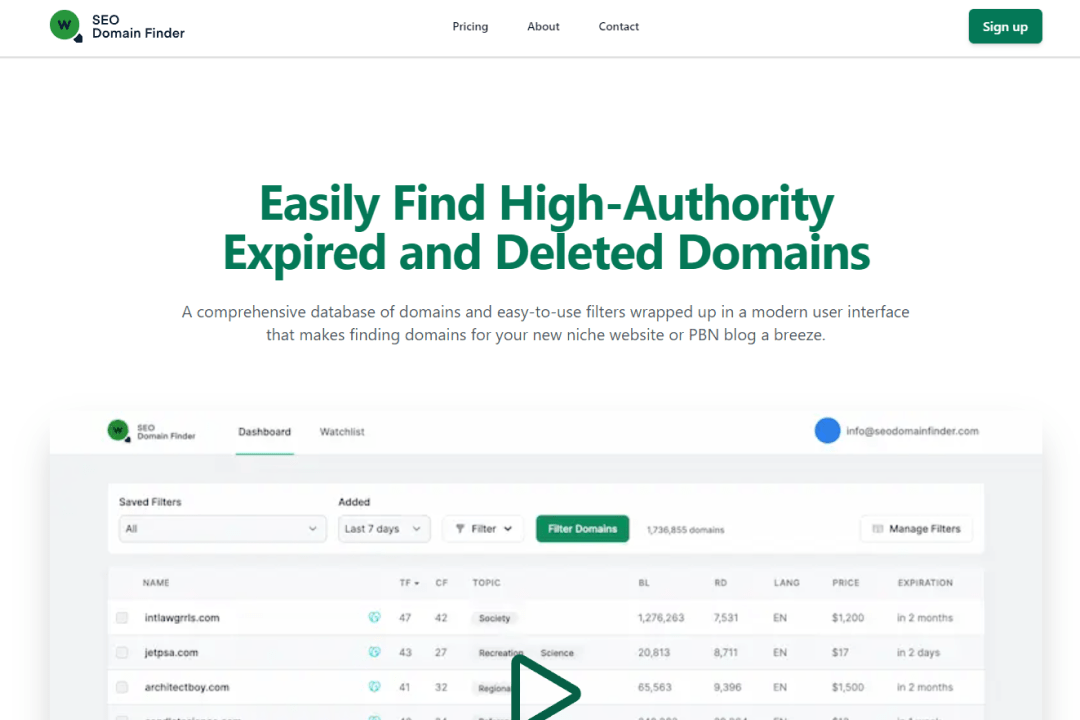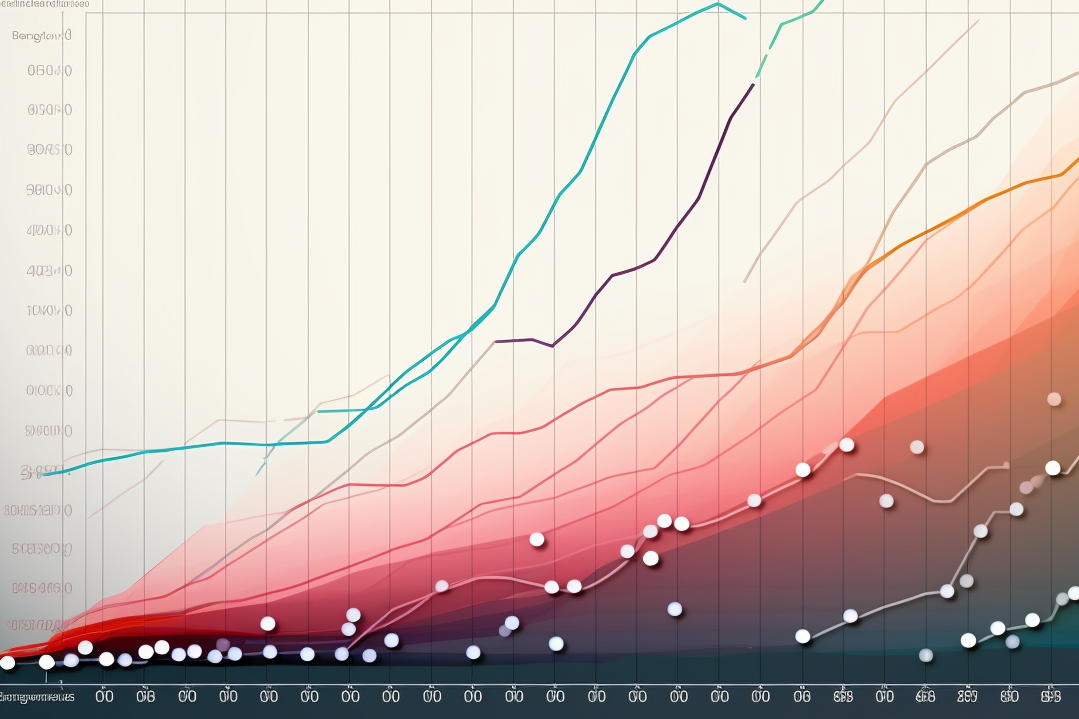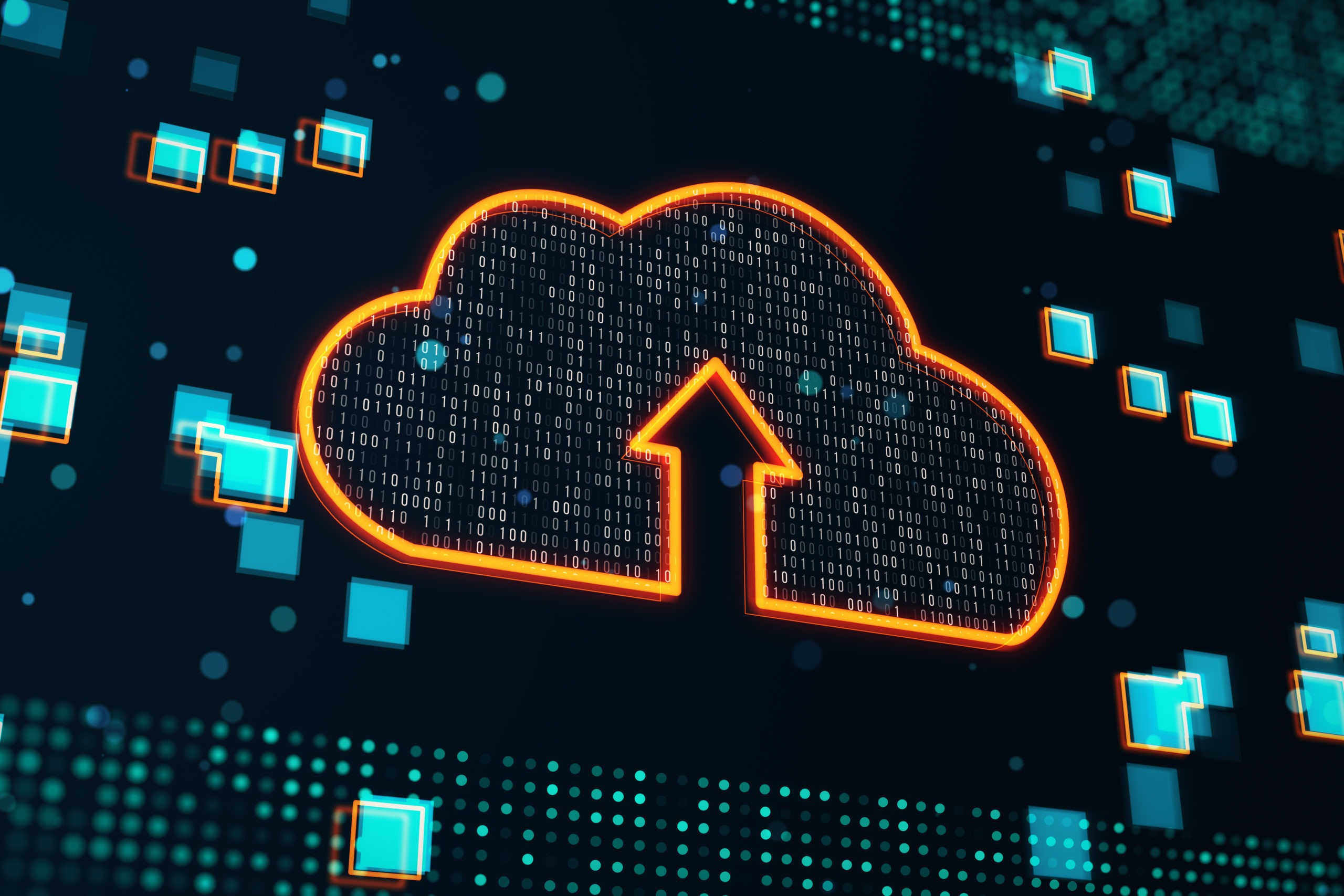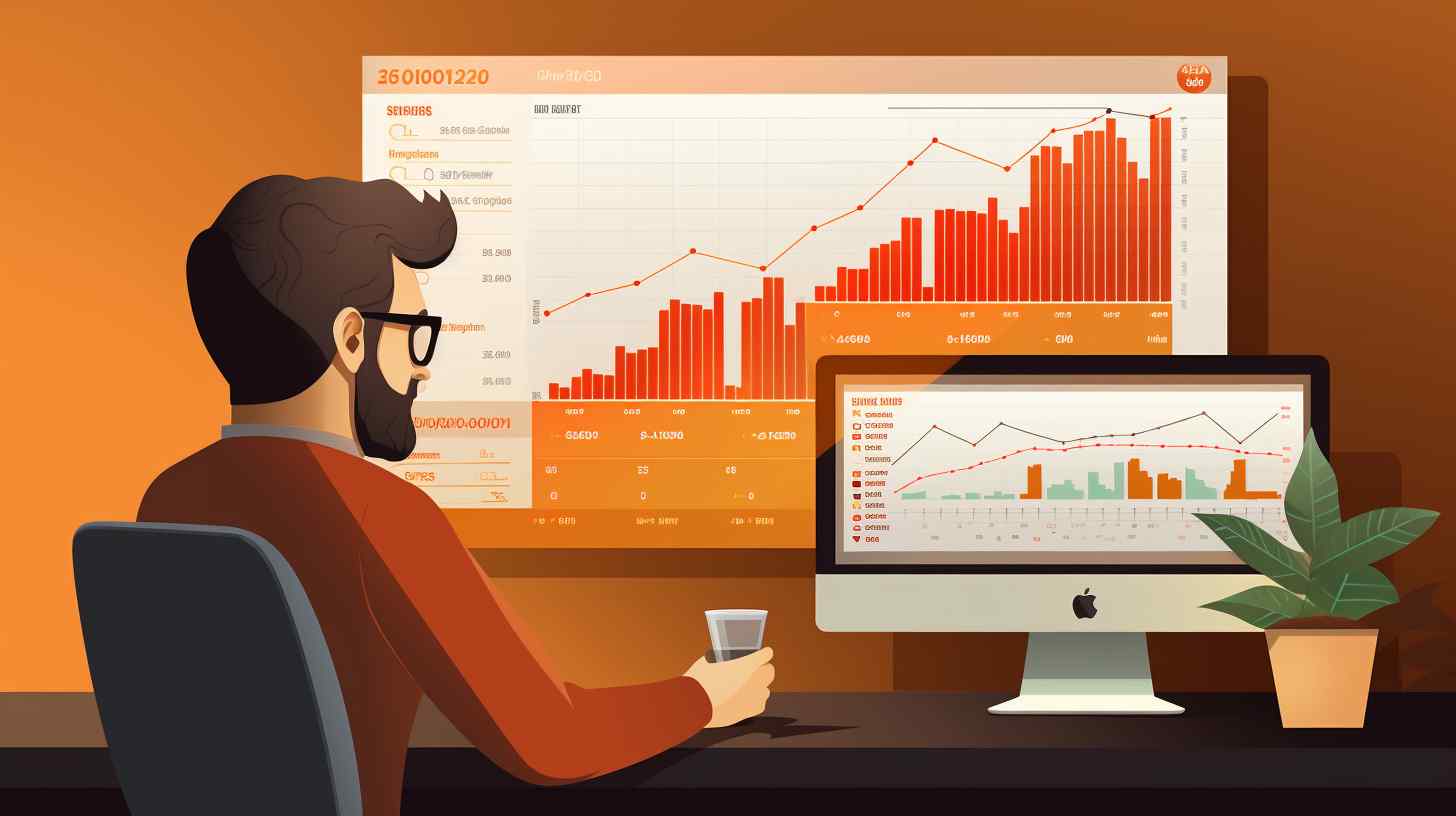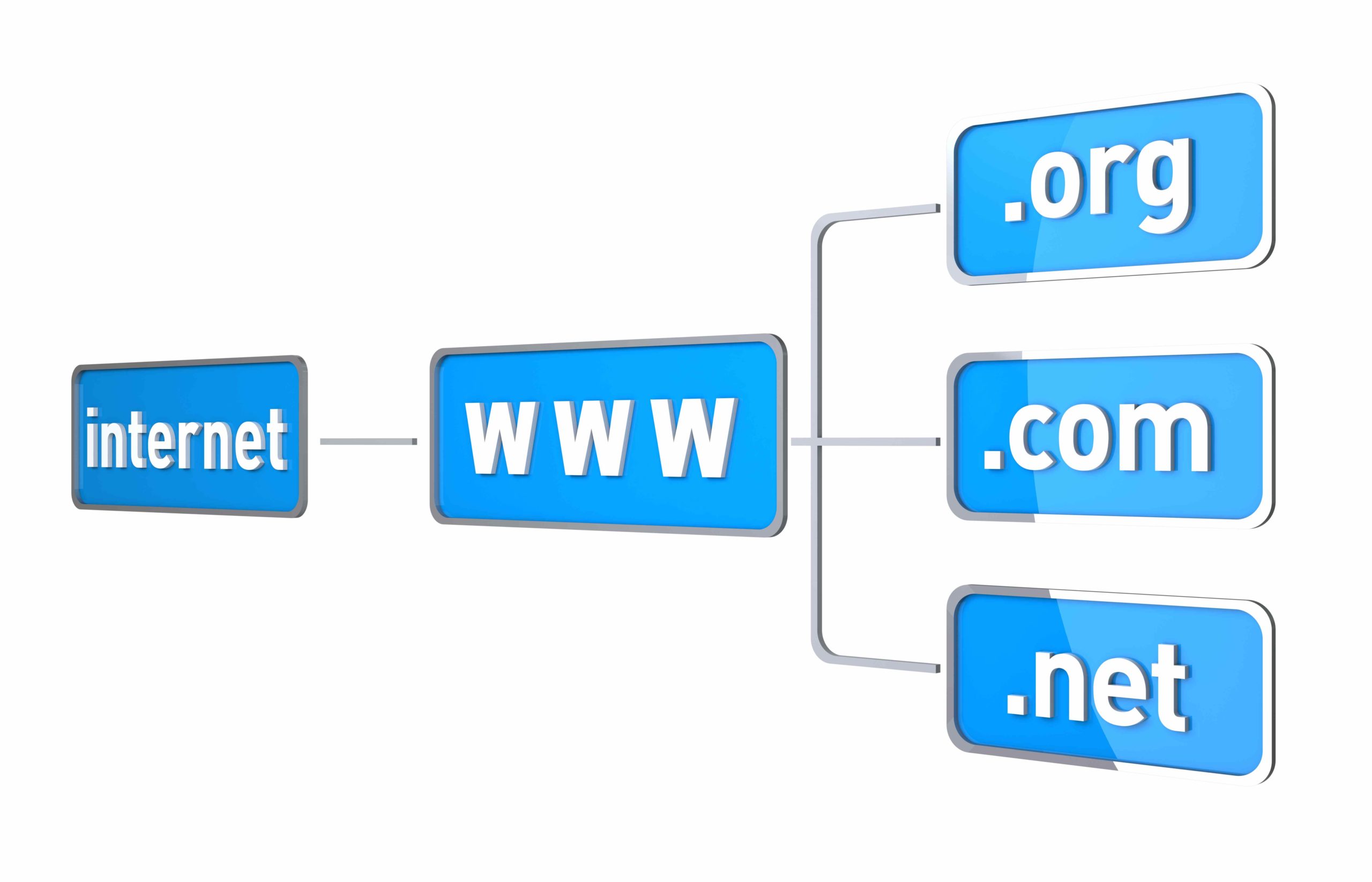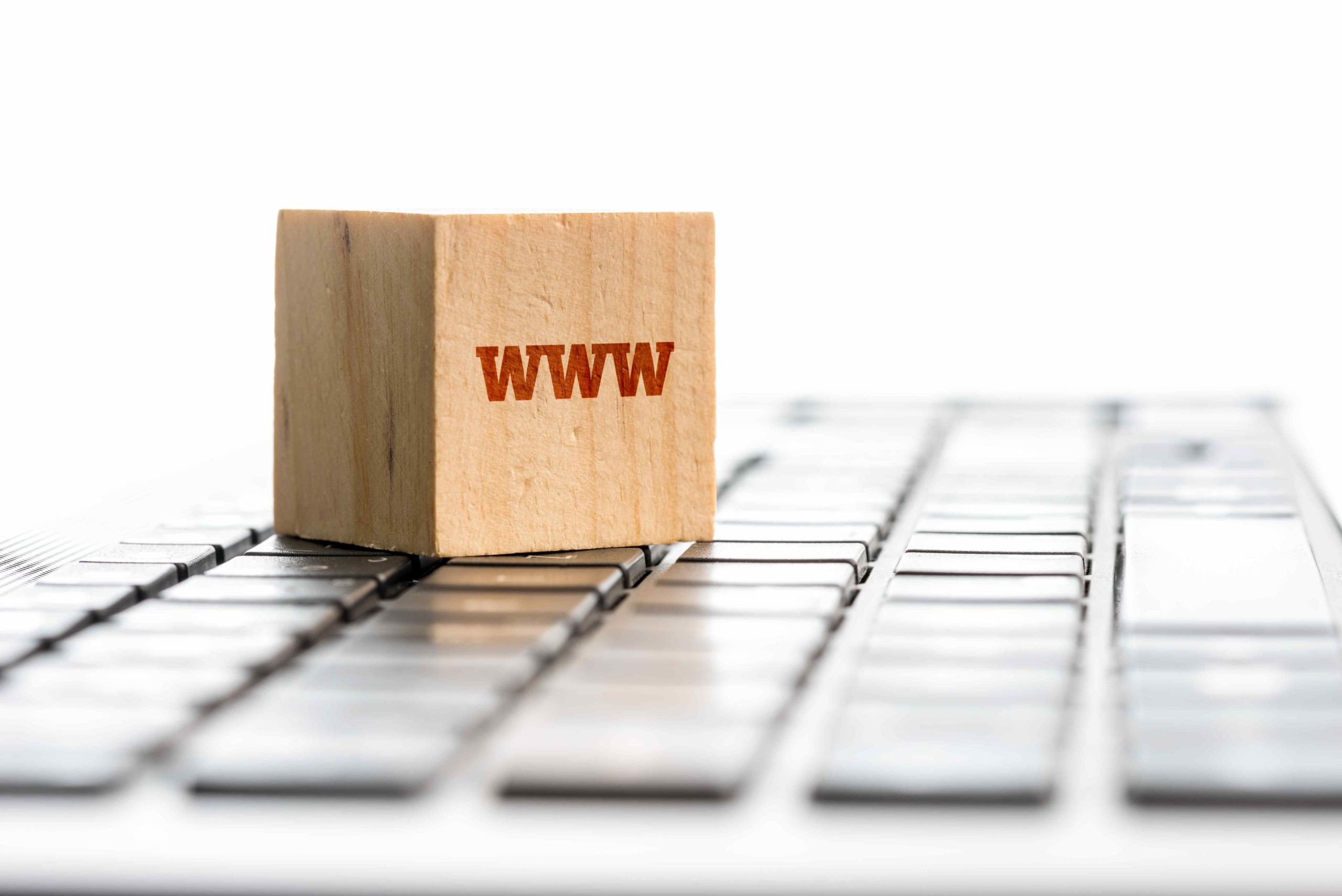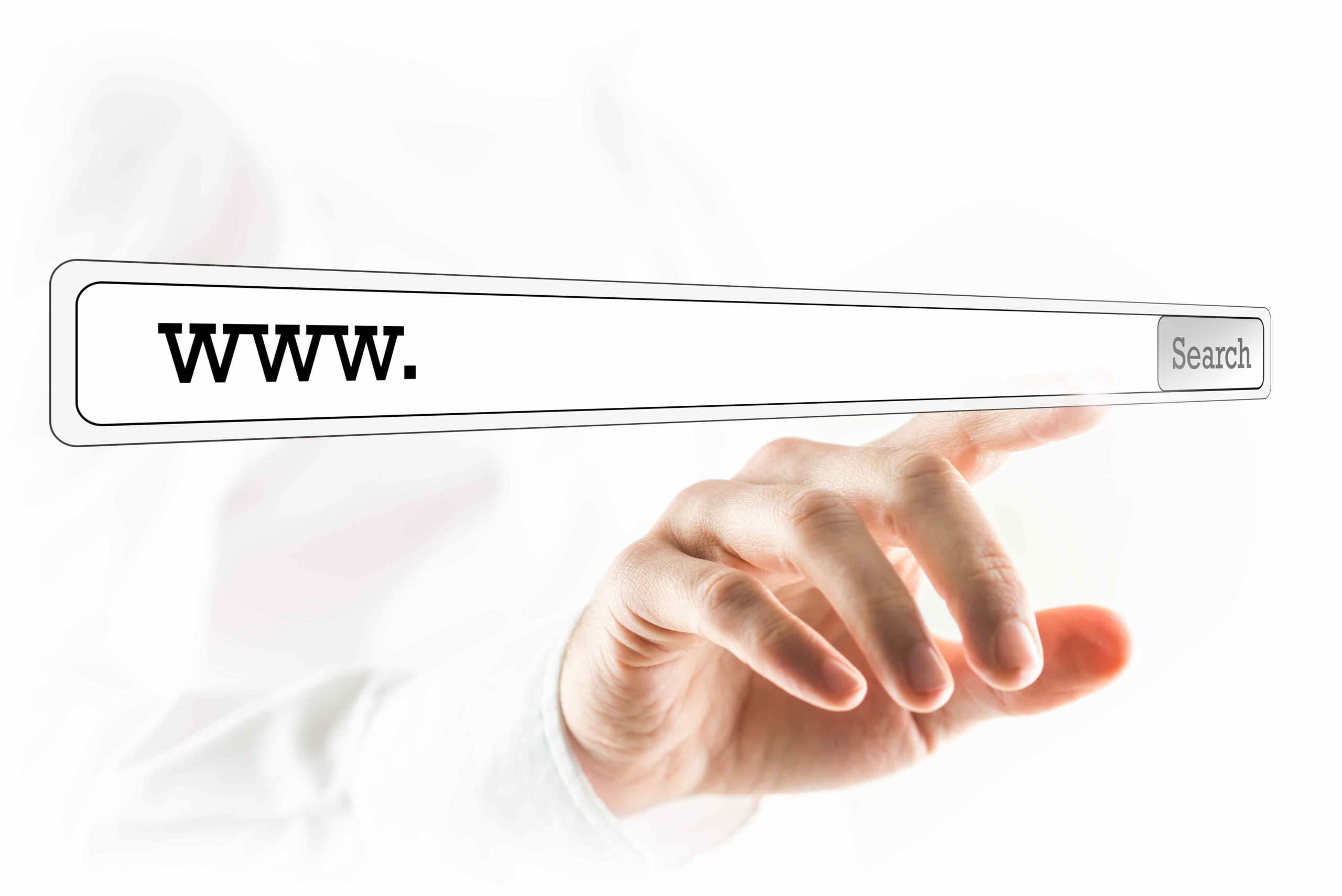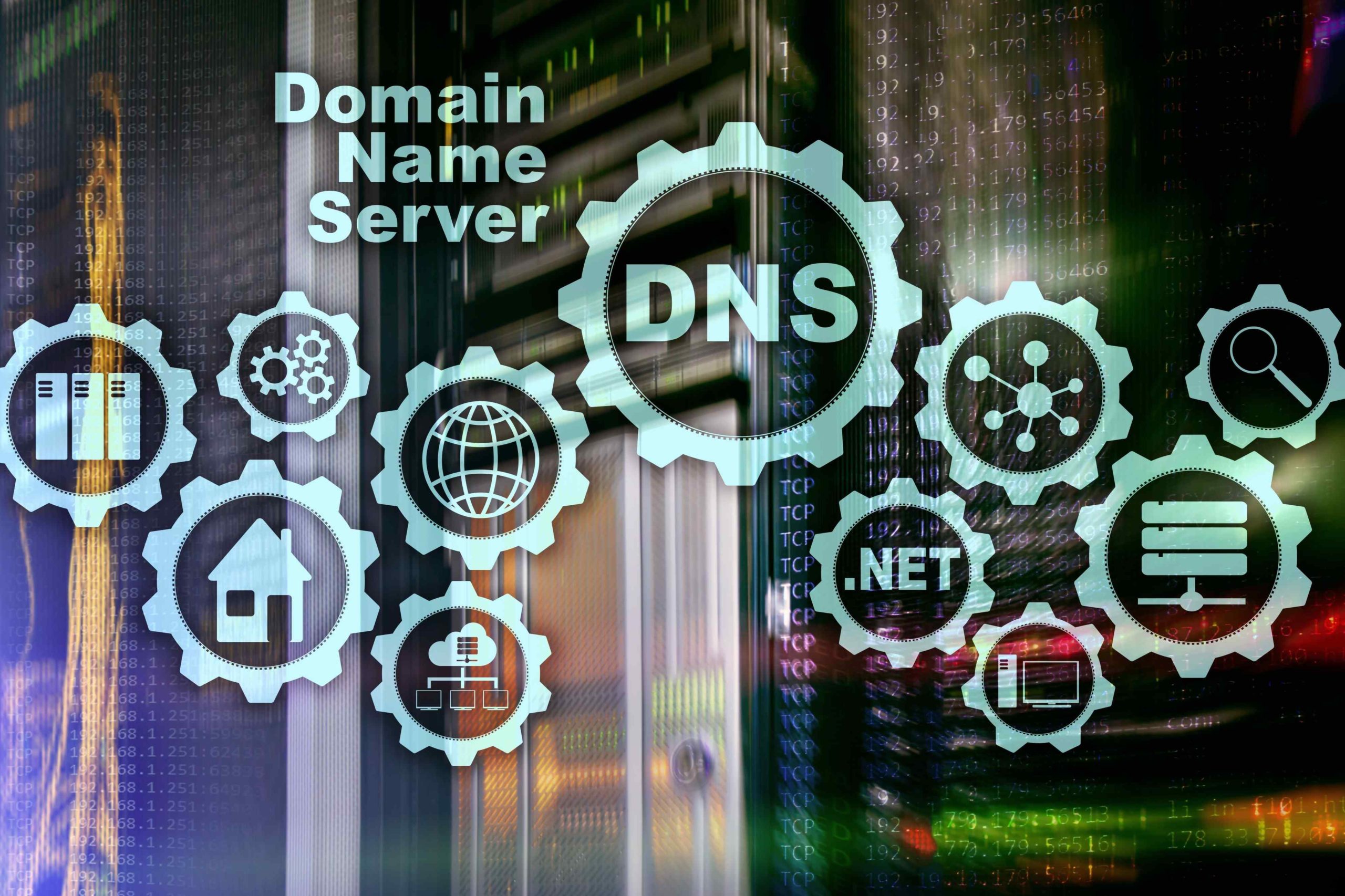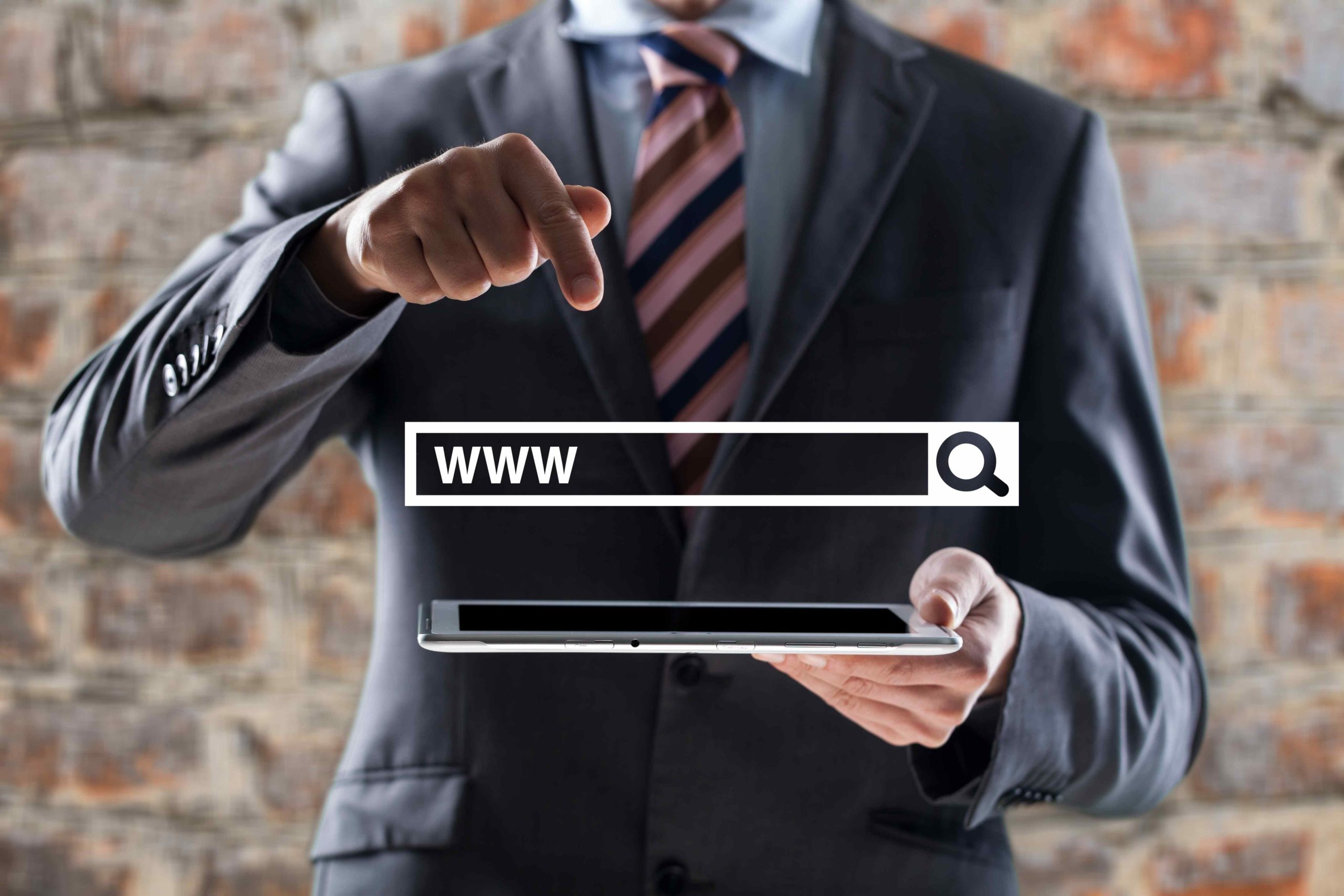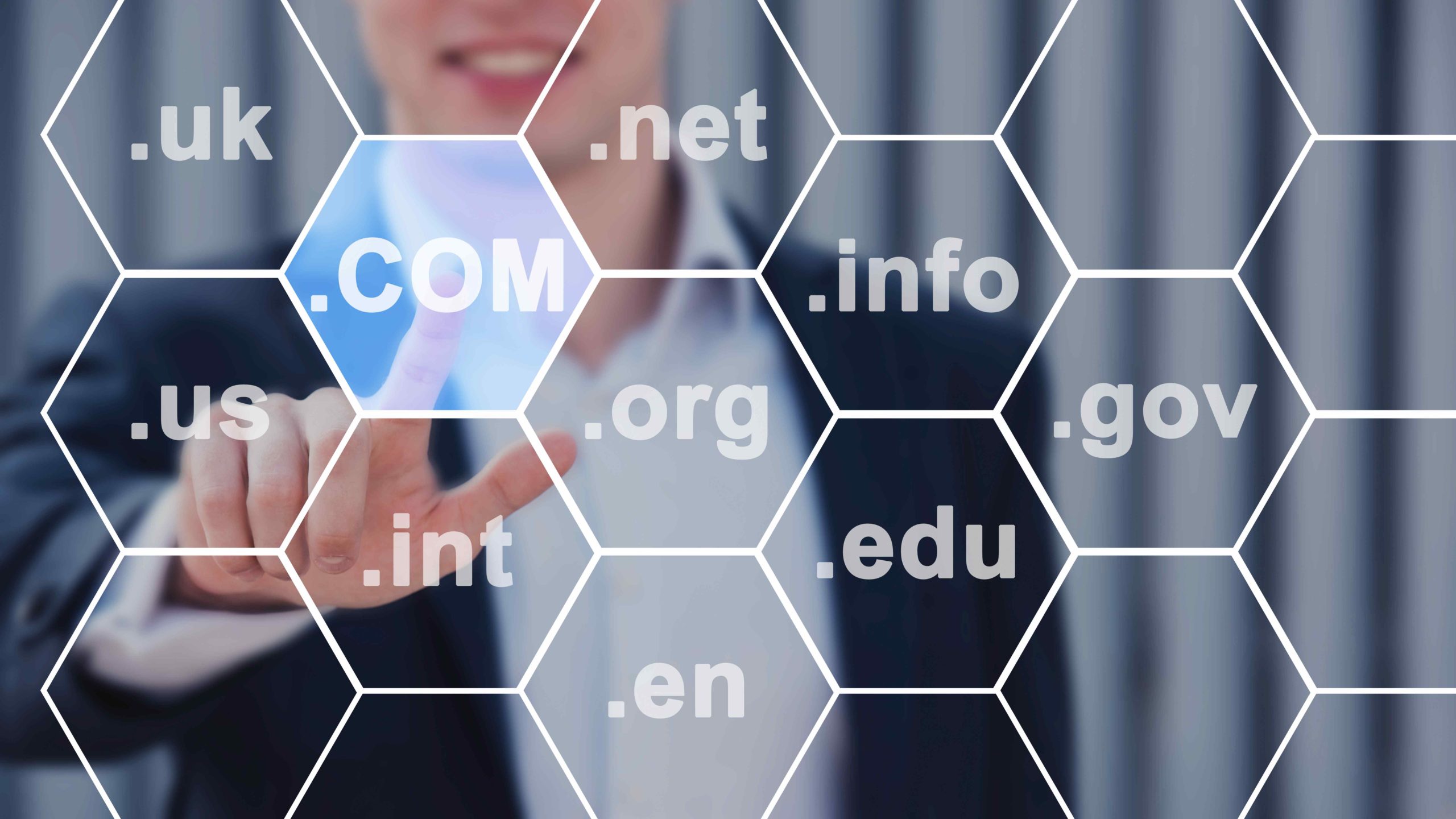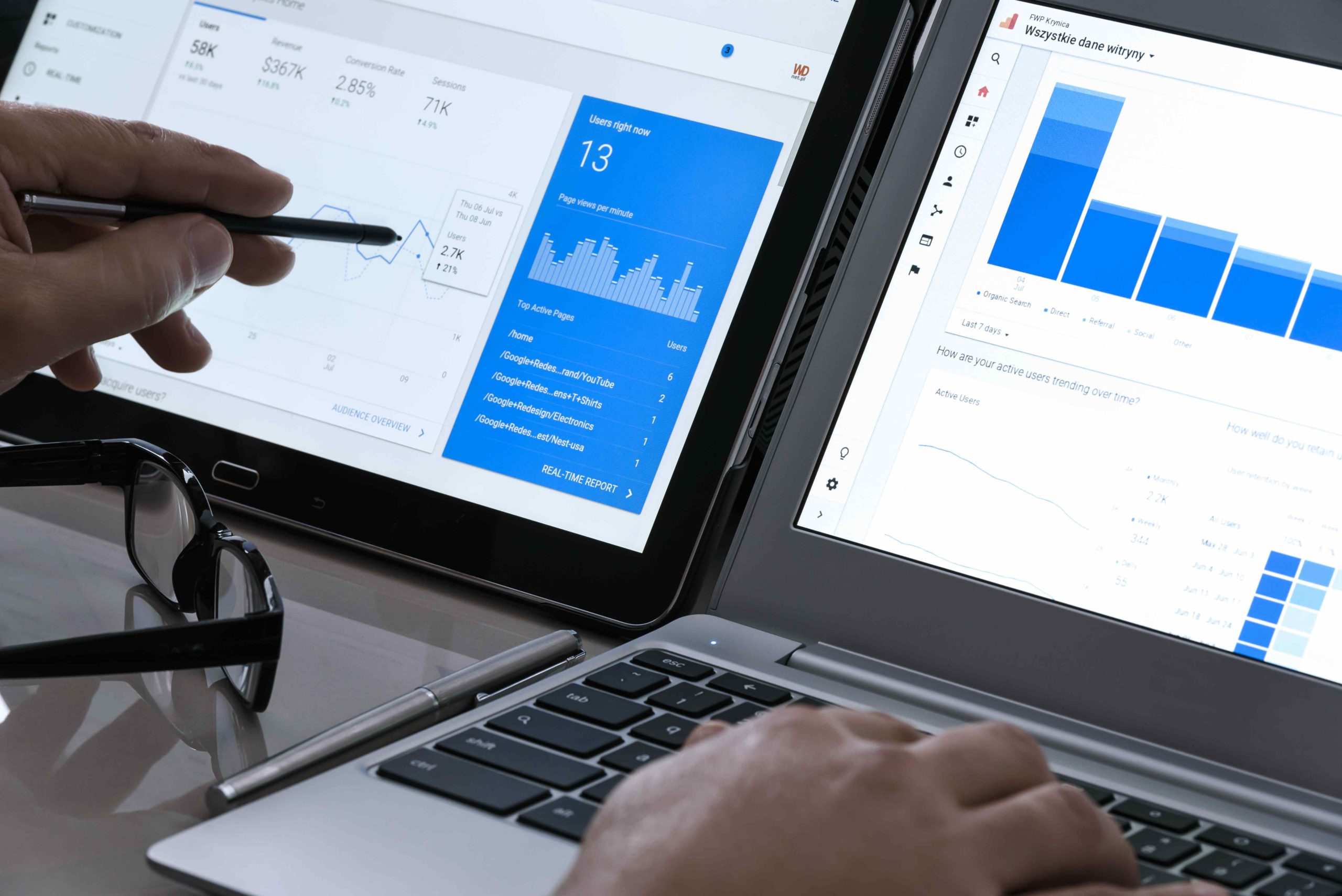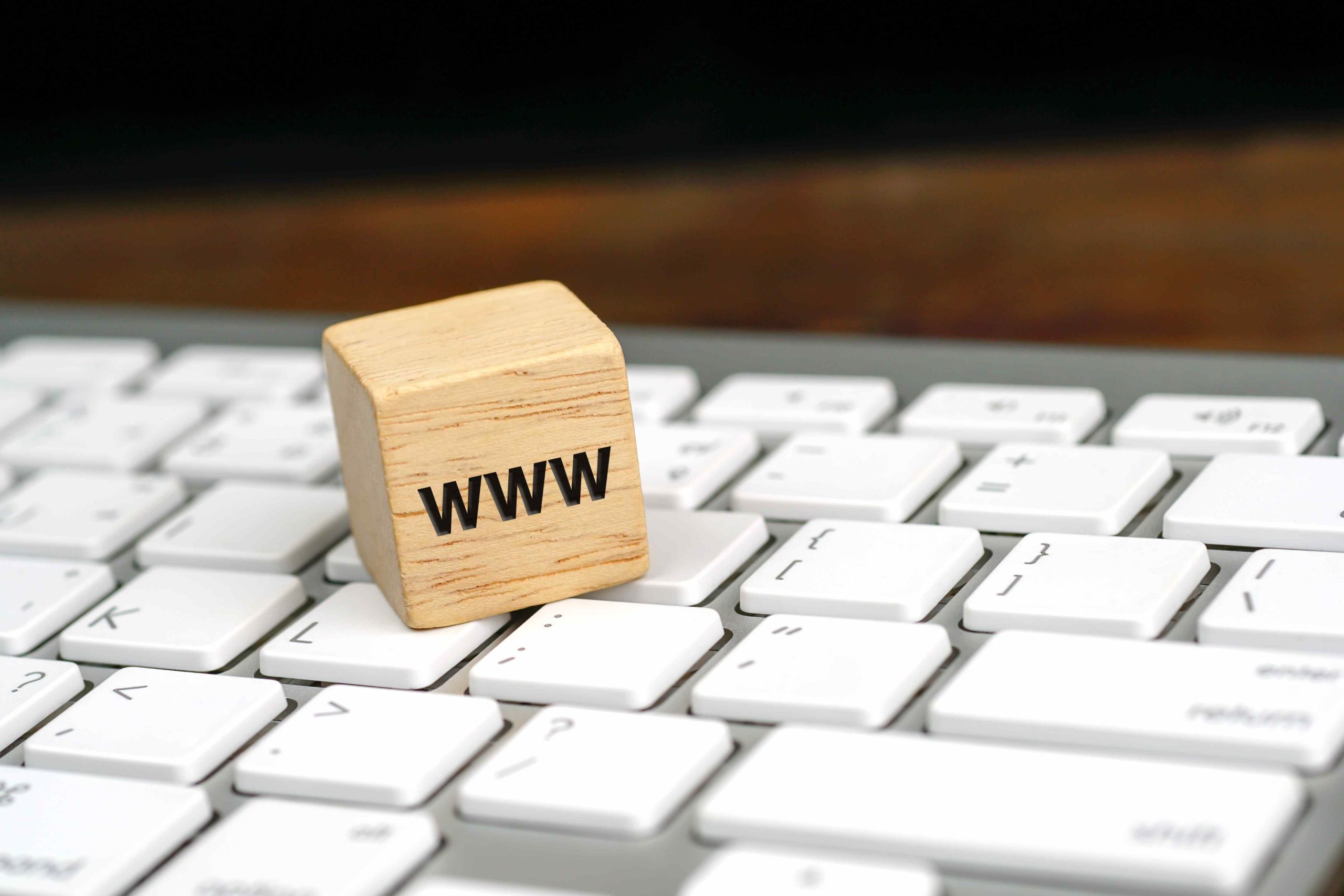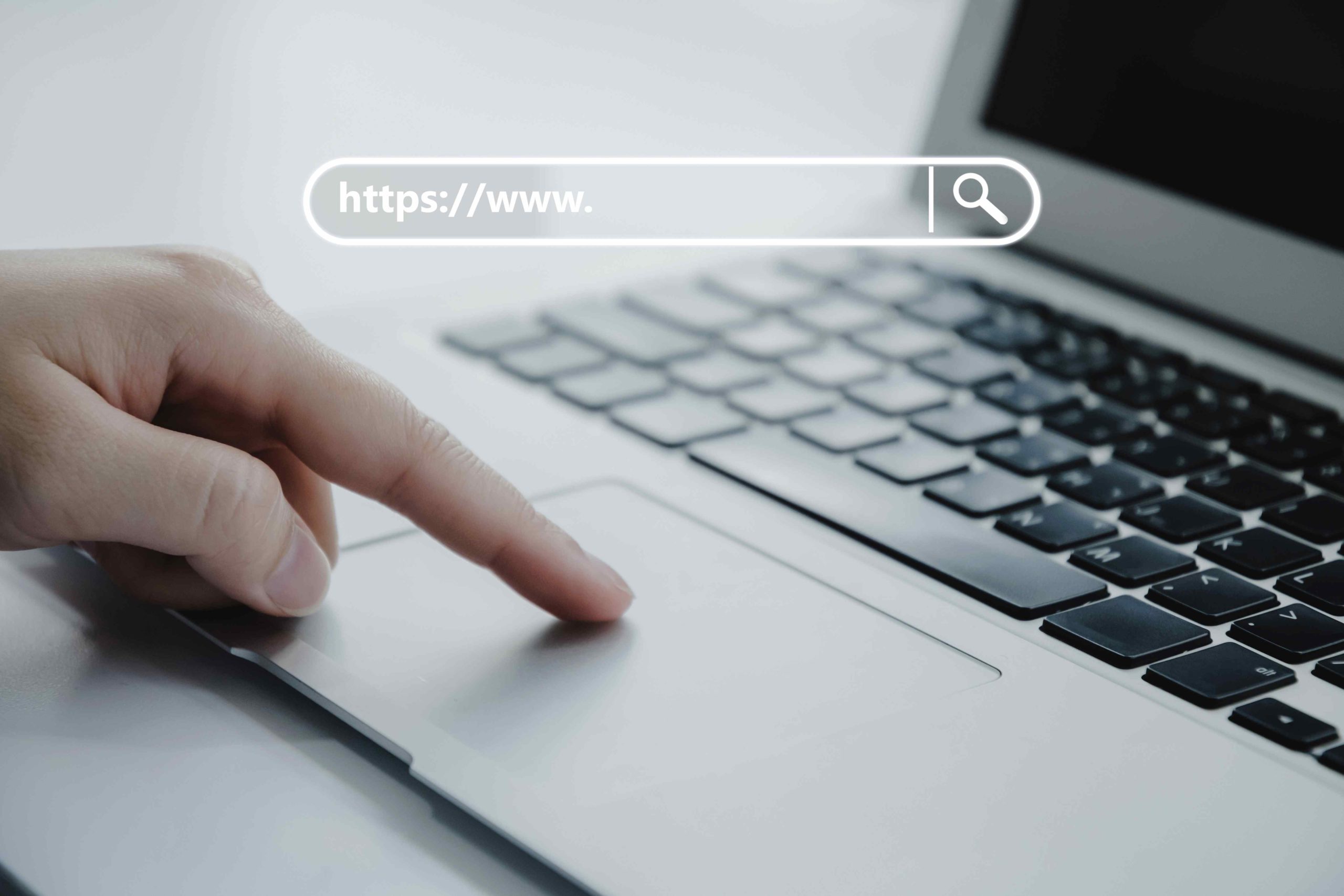
In the internet world, we’re all familiar with web addresses ending in .com, .org, or .net called TLDs(top-level domains).
Unfortunately, these TLDs aren’t always harmless. Cybercriminals often exploit them for spamming, phishing, and spreading malware, posing serious threats to our online safety.
So, what factors make some TLDs more vulnerable to abuse than others? And how does this abuse affect our online interactions and security?
Let’s explore these questions to understand the risks we face in the digital era and how to protect ourselves.
Key Takeaways
- TLD abuse is a significant problem that allows spammers and malware operators to take advantage of domains.
- TLD abuse refers to the exploitation of top-level domains (TLDs) by cybercriminals, who use them for a range of malicious activities.
- According to Spamhaus, the world’s most abused TLDs to this date are: .cn, .live, .top, .ga, .ml, .men, .cfd, .fyi, .trade, .haus.
- Popular gTLDs like .com, .org, and .net are also one of the most commonly abused by bad actors.
- To protect against malware distribution, you should be cautious when downloading and opening files, clicking on links, and installing software, especially from unknown sources. Keeping antivirus software up-to-date, regularly scanning the computer, and using strong passwords can also help prevent malware infections.
What Are the Most Abused TLDs
To better protect yourself online, it’s crucial to be aware of the most frequently abused TLDs. These are the top-level domains that are most commonly used by cybercriminals for malicious activities such as spamming, phishing, and distributing malware.
According to Spamhaus, the world’s most abused TLDs to this date are:
- .cn
- .live
- .top
- .ga
- .ml
- .men
- .cfd
- .fyi
- .trade
- .haus
Among the most abused TLDs, .com, .org, and .net are also at the top of the list. These TLDs are favored by scammers due to their credibility and widespread use. Spammers often scoop up expired .com domains through aftermarket services to use in their shady operations.
Certain new TLDs, such as .xyz, .top, and .club, have also gained fame for high levels of abuse. These TLDs are often cheap or even free to register, making them attractive to bad actors.
To keep yourself safe, always approach unfamiliar domains with caution. Be particularly wary of offers that seem too good to be true or requests for personal information.
What is TLD Abuse
TLD abuse refers to the exploitation of top-level domains (TLDs) by cybercriminals, who use them for a range of malicious activities.
How does TLD abuse happen?
It occurs when registries sell domains to spammers and malware operators. These malicious actors use these domains to trick people into clicking on dangerous links, flooding their inboxes with spam emails, or trying to steal personal information through phishing scams.
This kind of behavior not only ruins the trust we have in websites and the internet community but also slows down progress and business growth online.
TLD abuse is a big problem in our digital world, but understanding how it works is the first step to stopping it.

The Impact of TLD Abuse
When TLDs are misused, it can lead to serious issues such as phishing, malware distribution, and spamming. These practices corrupt user trust and can cause significant financial losses.
Spamming
Spamming is a general issue that fills inboxes with unwanted emails, creating troubles for internet users worldwide.
Spammers register domains under these abused TLDs, helping them to send out mass emails that can range from annoying advertisements to phishing scams. This can be a serious security threat, as some spam emails contain malware or links to malicious websites.
Phishing
Phishing is another form of TLD abuse that poses serious threats to internet users. Phishing is a deceptive technique where scammers pretend to be trustworthy organizations to trick you into revealing sensitive information, such as login credentials and credit card numbers.
Here’s how phishing usually happens:
- Domain Spoofing: Scammers register a domain that closely resembles a legitimate one. For instance, they might use ‘goggle.com’ instead of ‘google.com,’ hoping you won’t notice the error and visit their fraudulent site.
- Hidden Hyperlinks: Scammers can disguise a harmful link with seemingly safe text in an email or message. If you click on the ‘secure’ link, it can redirect you to a phishing website.
- Homograph Attacks: Cybercriminals exploit the similarities between different character sets to create deceptive URLs. A domain like ‘xn--ggle-55da.com’, appears as ‘gοοgle.com’, tricking you into believing it’s safe.
Always be cautious when clicking on links, especially those received in unsolicited emails. Remember, forewarned is forearmed.
Malware Distribution
Malware distribution involves spreading harmful software, including viruses, worms, Trojans, and ransomware, to computers and networks.
Cybercriminals often use abused TLDs to distribute malware, causing damage to your device or even your personal life.
Bad actors register domains under abused TLDs, often at a low cost or even for free. They then use these domains to host and distribute malware, often disguised as a harmless download or an attractive clickbait link.
Once the malware is on your device, the consequences can be serious. It might steal your sensitive information, damage your files, or even hijack your system.
Reputation Damage
Here’s how the domino effect of reputation damage unfolds:
- Trust Goes Down: If your site is linked to a suspicious TLD, people may start to doubt it. This can make them lose trust in your site and your brand.
- Less Traffic: As trust goes down, you might notice fewer people visiting your site. Potential customers or users might avoid it because they’re worried about malware or scams.
- Getting Blacklisted: Search engines and antivirus programs could put your site on a blacklist as a precaution. This means fewer people will see your site when they search online.
Restoring your online reputation after such harm is challenging. That’s why it’s crucial to be knowledgeable about the TLD you connect with your online presence.
Economic Impact
The economic impact is staggering, and it’s time you understood just how much it can cost.
First, businesses can lose significant revenue due to phishing scams that exploit their customers’ trust. When your client clicks on an email that appears to be from your company but isn’t, they’re at risk of losing their personal data, and you’re at risk of losing their trust.
Secondly, TLD abuse forces companies to invest heavily in cybersecurity measures. This isn’t a one-off cost but an ongoing investment to constantly stay one step ahead of the hackers.
And what about the individuals who fall victim to these scams? They can lose their savings, their credit, and their sense of security.
In short, the economic cost of TLD abuse is immense and multi-faceted. It’s not just the big corporations that suffer – it’s small businesses, individuals, and, ultimately, our economy.
User Distrust and Disengagement
Beyond the financial costs, one of the most damaging consequences of TLD abuse is weakening user trust in the internet. As you navigate the digital world, you may unknowingly stumble upon websites with abused TLDs. These sites can be filled with spam or even malicious content, leading to a negative experience that breeds distrust.
When you lose faith in the authenticity of websites, you may become disengaged from the online community. This disengagement isn’t just about disconnecting from social media or e-commerce sites; it’s about losing an essential avenue for information, communication, and transactions.
Factors That Make TLD Being Considered “Bad”
Understanding what makes a TLD ‘bad’ isn’t just about the name itself but rather how it’s used and abused.
Several factors contribute to a TLD’s reputation:
- Low Registration Requirements: Registries with minimal entry barriers often attract scammers. If a TLD requires no verification or offers anonymous registration, it’s more likely to host malicious sites.
- Low Cost: If a TLD is cheap or even free, it’s more attractive to cybercriminals. They’re not looking to invest money into their scams, so the cheaper they can get their domains, the better.
- Lack of Policing: Registries that don’t actively police their TLD for abuse are more likely to have a high percentage of bad domains. If the registry doesn’t take action when abuse is reported, then scammers can operate without fear of repercussions.
How to Protect Against Abused TLDs
Here are some of the measures that you can take to protect against abused TLDs:
- Be proactive. Invest in reliable security software, keep it updated, and regularly scan your devices.
- Don’t click on suspicious links or download attachments from unknown sources.
- Be wary of unsolicited emails, especially those asking for personal or financial information.
- When registering a domain, opt for registries that have robust security measures in place.
- Report any suspicious activity to your domain registrar and cooperate with their investigations.
- Be cautious when sharing personal information online.
- Educate yourself about common cyber threats and the most abused TLDs. Knowledge is power, and staying informed will help you recognize and avoid potential threats.
- Finally, consider using domain-based threat intelligence services. These tools can help identify malicious domains and block them to keep you safe.
Remember, the internet can be a dangerous place, but with the right strategies, you can navigate it safely.
Conclusion
The misuse of TLDs is a big problem that threatens the safety of the internet.
Studies show that some TLDs are often used for selling fake products, launching attacks, and abusing intellectual property. Everyone has a role in fighting this issue, including registrars, law enforcement, and security experts. To make the internet safer, it’s important to have strict rules, use new technologies, and report abuse.
To protect against malware distribution, you should be cautious when downloading and opening files, clicking on links, and installing software, especially from unknown sources. Keeping antivirus software up-to-date, regularly scanning the computer, and using strong passwords can also help prevent malware infections.
Also, the reputation of TLDs can affect which ones criminals choose for their abusive activities. Taking steps to fight TLD abuse helps keep the internet secure, preserves trust, and reduces the risk of financial losses and harm to a brand’s reputation.

